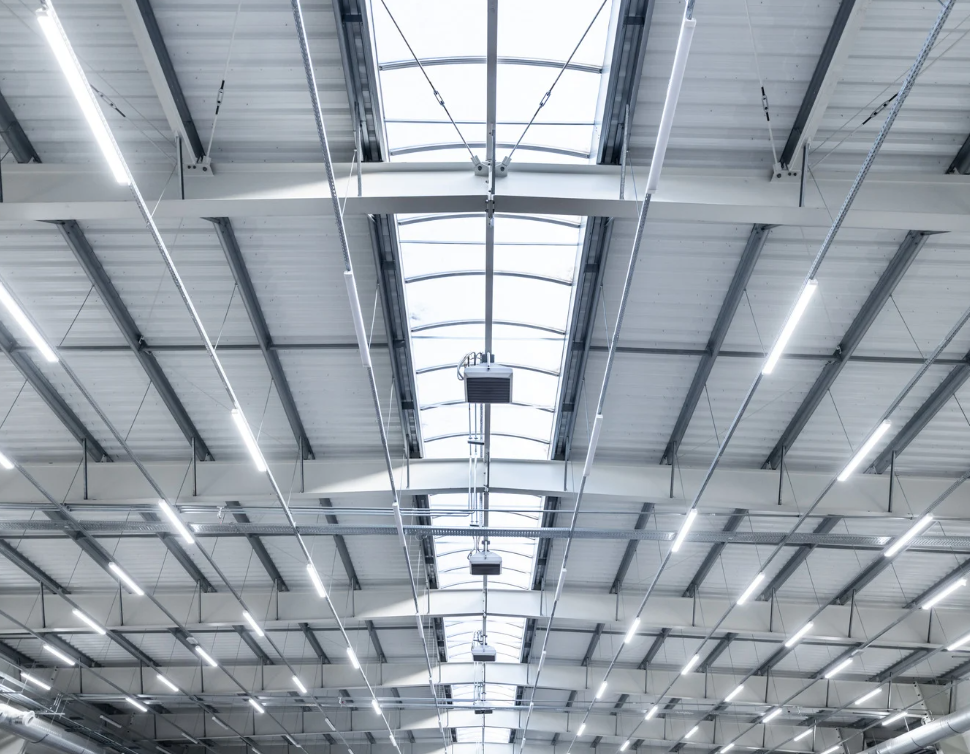The integration of artificial intelligence into lighting management systems represents a transformative approach to energy efficiency and sustainability. Modern AI light controller systems demonstrate remarkable capabilities, drastically reducing energy consumption compared to traditional lighting while enabling unprecedented automation and responsiveness.
Advanced Machine Learning Applications in Lighting Control
Contemporary lighting systems employ sophisticated AI algorithms that process real-time environmental data to optimize illumination automatically. Research indicates that Adaptive Neuro-Fuzzy Inference Systems (ANFIS) achieve optimal lighting control by analyzing indoor lighting levels and occupancy patterns with exceptional precision.
These systems use neural networks combined with fuzzy logic to create responsive lighting environments that adapt without human intervention.
Daisy Energy’s Autonomous Lighting Control system exemplifies this technology advancement, employing advanced AI and machine learning algorithms to discover, adapt, and self-govern without human involvement.
The Canadian-designed system creates secure mesh networks between devices, ensuring robust communication while drastically reducing lighting control costs by eliminating external controls and complex installations.
Energy Efficiency Through Intelligent Automation
Smart lighting systems achieve substantial energy savings through the use of predictive algorithms and occupancy-based control mechanisms. Studies have demonstrated that AI-integrated lighting systems can reduce energy consumption while maintaining optimal illumination levels.
When AI lights work collaboratively with other smart devices, energy use decreases through coordinated adjustments based on occupancy patterns and natural light availability.
The energy costs reduction potential becomes particularly compelling in commercial applications. AI-powered lighting control systems cut overall lighting expenses by through intelligent dimming, scheduling, and occupancy detection.
Commercial buildings, where lighting typically accounts for nearly half of all energy consumption, experience the most dramatic savings from AI implementation.
Autonomous System Architecture
Modern AI light controllers integrate multiple sensor types to create comprehensive environmental awareness. These systems employ networks of connected motion and light sensors interfaced through IoT platforms that enable real-time monitoring and adjustments.
The continuous data collection facilitates dynamic illumination control, adapting to changing conditions throughout operational periods while extending LED lighting lifespan through optimized power management.
Daisy Energy’s implementation demonstrates the practical deployment of autonomous lighting. Their systems establish decentralized control networks that intelligently reconfigure themselves, enhancing operational efficiency while promoting significant cost savings for municipalities and corporations.
The technology has proven successful in applications ranging from Toronto’s Earl Rowe Park to Centennial College installations.
LED Lighting Optimization Through AI Integration
LED technology serves as the foundation for AI-enhanced lighting systems due to its rapid response characteristics and precise controllability. AI algorithms optimize LED performance by adjusting brightness, color temperature, and spectral distribution based on real-time environmental analysis.
These systems achieve energy optimization exceeding 45% compared to normal lighting operation while maintaining occupant visual comfort within suitable illuminance ranges.
Machine vision applications benefit particularly from AI-controlled LED lighting, where spectral precision enables targeted inspections and improved contrast in industrial automation settings. The rapid switching and modulation capabilities of LEDs align perfectly with AI control requirements for stroboscopic imaging and adaptive illumination scenarios.
Solar Energy Integration and Grid Independence
Daisy Energy’s off-grid capabilities demonstrate practical solar integration, as their Solar Lighting systems combine wind and solar power to provide autonomous street lighting without requiring a grid connection.
The systems include remote monitoring capabilities accessible through computers or smartphones, enabling real-time system performance assessment and predictive maintenance scheduling.
HVAC Systems Coordination and Building Integration
Advanced AI lighting systems coordinate with building management systems, including heating, ventilation, and air conditioning networks, to optimize overall energy efficiency. This integration enables holistic building energy management where lighting decisions influence thermal comfort requirements and vice versa.
The collected lighting usage data applies to other building systems for comprehensive energy optimization strategies.
Smart buildings using AI-driven lighting report significant improvements in operational efficiency through coordinated system management. These integrated approaches demonstrate that lighting control serves as a foundation for broader building automation initiatives.
Sustainability Impact and Climate Change Mitigation
AI light controllers represent the convergence of energy efficiency, technological sophistication, and environmental responsibility. Through intelligent automation, these systems deliver substantial cost savings while contributing to broader sustainability objectives and climate change mitigation efforts.




































